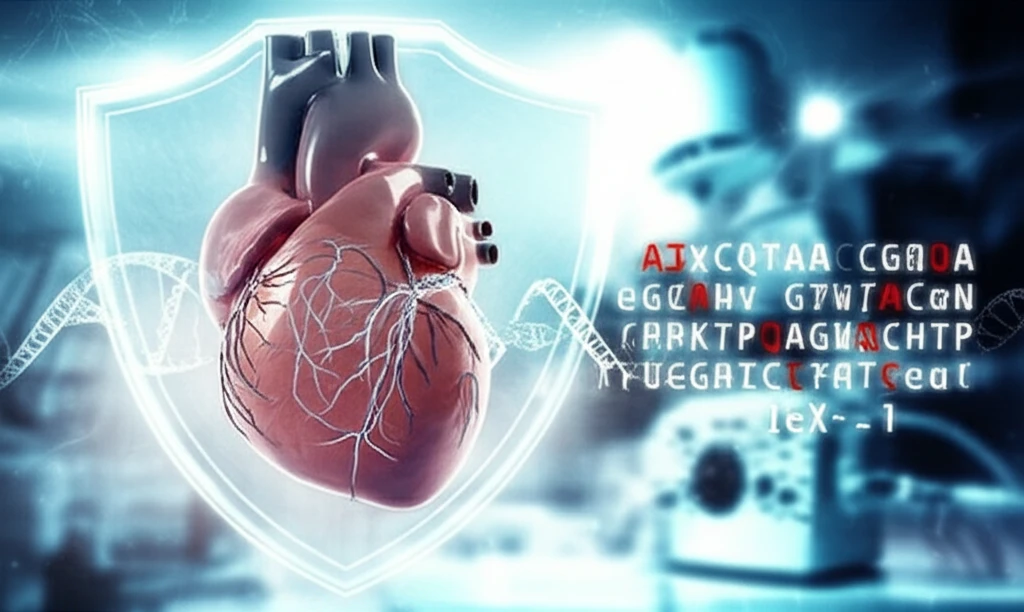
Unlocking Heart Health: How a Tiny Gene Could Revolutionize Cardiac Care
"Discover the groundbreaking research revealing how a specific gene offers protection against heart damage, potentially changing the future of heart disease treatment."
In the realm of health, particularly heart health, breakthroughs often emerge from the most unexpected corners. Recent research has spotlighted the Immediate Early Response Gene X-1, or IEX-1, revealing its potential to revolutionize how we understand and treat heart disease. This tiny gene holds significant promise in protecting the heart from damage, offering a new perspective on cardiovascular care.
Heart disease remains a leading cause of death worldwide, making the quest for effective treatments and preventive measures more crucial than ever. Ischemic preconditioning, a process where the heart is briefly exposed to periods of reduced blood flow, has shown promise in reducing heart damage. However, the underlying mechanisms of this protection have remained a subject of intense study.
This article dives into the fascinating world of IEX-1, exploring its function, how it protects the heart, and what these findings mean for the future of cardiac care. We'll break down the science in a way that's easy to understand, highlighting the potential impact on your heart health and overall well-being.
What is IEX-1 and How Does It Protect Your Heart?

IEX-1, a gene activated in response to stress, plays a critical role in cell survival. Think of it as the heart's built-in defense mechanism. When the heart experiences stress, such as reduced blood flow during a heart attack, IEX-1 steps in to protect heart cells from damage and cell death. The study found that IEX-1 expression increased rapidly in the IPC-imposed heart, peaking at 5 minutes and declining thereafter but remaining higher than the basal level at 1 hour.
- Reduces ROS Accumulation: IEX-1 helps decrease the buildup of harmful ROS, protecting heart cells.
- Promotes PKCɛ Activation: IEX-1 increases phosphorylation and particle translocation of PKCɛ.
- Reduces Cell Death: By activating PKCɛ and reducing ROS, IEX-1 reduces cardiomyocyte apoptosis and necrosis, reducing cardiac infarction.
The Future of Heart Health: Implications of IEX-1 Research
The discovery of IEX-1's role in cardiac protection opens up exciting avenues for future research and treatment. As scientists continue to unravel the complexities of this gene, we move closer to developing innovative therapies that could prevent or minimize heart damage. The insights from this research offer hope for a healthier future, one where we can better protect and care for our most vital organ.
